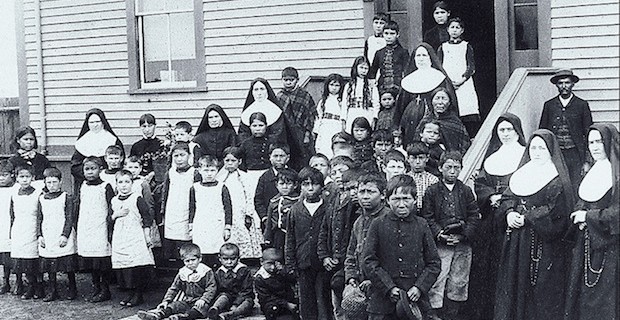

Paul's Orphanage was founded in Baltimore for impoverished girls and, a year later, an association of women incorporated the Boston Female Orphan Asylum. Joseph's Female Orphan Asylum in Philadelphia to care for girls orphaned by yellow fever.

In 1797 one association founded the Society for the Relief of Poor Widows and Small Children in New York City to care for orphans the following year a Roman Catholic priest established St. Thereafter, private associations began to appear in northern urban areas. In 1790 the only publicly funded orphanage in the United States during the eighteenth century was founded by the city of Charleston, South Carolina, when it opened the doors of the Charleston Orphan House for 115 destitute children. The vast majority of Bethesda's orphans returned to their families or were apprenticed to artisan families.īy 1801 seven orphan asylums dotted the Atlantic Coast. Of the forty-six children who entered Bethesda in 1740, eleven stayed for less than a year, and only nine remained in 1745. (The first orphanage in all of the territory that would eventually become the United States was the Ursuline convent founded in New Orleans in 1727 by the French for children orphaned in an Indian raid.) Bethesda Orphanage was unique for its time, a product of Whitefield's emphasis on Christian charity and private philanthropy and of his insistence that benevolent giving was not the unique province of the elite. Located near Savannah, Georgia, it was the first orphanage in the British American colonies. Inspired by the asylum of the German Pietist August Hermann Francke in Halle, Germany, Whitefield founded Bethesda Orphanage, known as the House of Mercy, in 1740. In 1739 George Whitefield (1714–1770), the charismatic leader of the transatlantic religious revival known as the Great Awakening (late 1730s and early 1740s), traveled to America to care for orphaned children. Although public leaders during the colonial period had relied primarily on three types of arrangements to care for orphans-outdoor relief, indenture, and almshouses-it was during the era of the new American nation that orphanages first appeared and entered their formative stage. The word orphans, in the language of the new American nation, meant children who had lost one or both parents and who, because their families were unable to care for them, had become the public's responsibility.
Since the seventeenth century, child welfare policy in America has wavered between two principal policies: providing support to keep families together, and removing orphans from their families to care for them elsewhere.


 0 kommentar(er)
0 kommentar(er)
